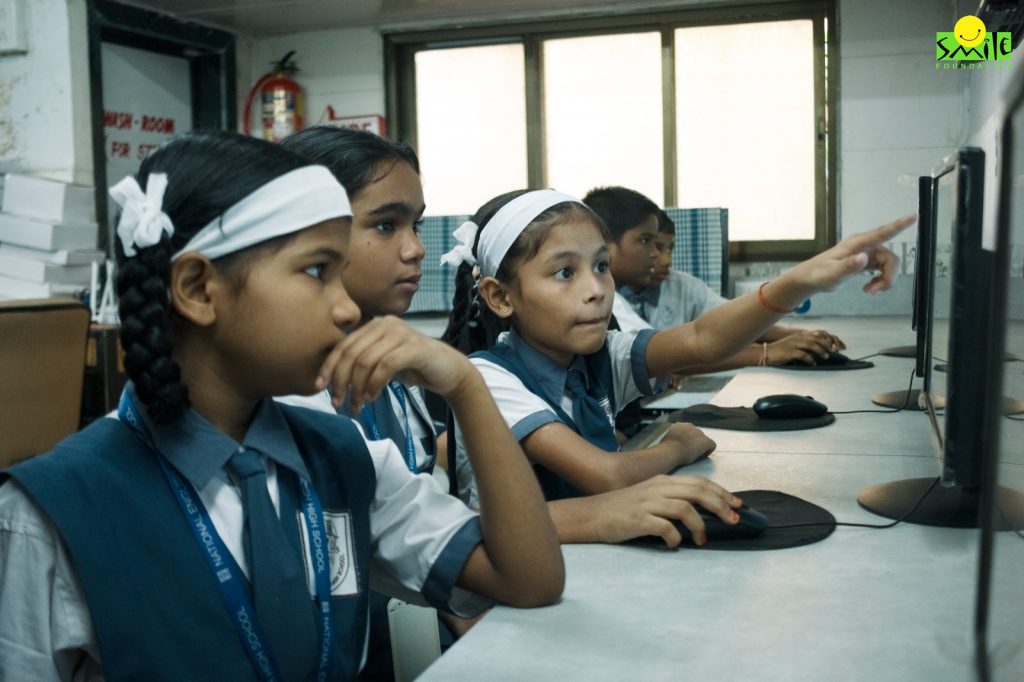In today’s connected world, it’s hard to avoid viral trends and the fun of sharing reels. While the digital realm offers many opportunities and ways to connect, it also brings risks like cyberbullying and privacy invasion. In such an environment, should we block our children from social media, or should we teach them about cybersecurity and cyberbullying awareness? By educating them to handle online interactions safely and respond to threats, we can help them enjoy the benefits of digital platforms while protecting them from harm.
Cyberbullying & Lasting Negative Impact
Cyberbullying refers to the use of digital technology to harass, intimidate, or harm others. It can occur through various online platforms, such as social media, emails, text messages, or websites. Unlike traditional bullying, cyberbullying can be persistent and widespread due to the nature of digital communication.
Approximately 12% of adolescents, or about 1 in 8, report engaging in cyberbullying, with boys (14%) being more likely than girls (9%) to engage in such behaviour. This marks an increase from 2018 when the rates were 11% for boys and 7% for girls. On the flip side, 15% of adolescents, roughly 1 in 6, have experienced cyberbullying themselves, with rates closely aligned between boys (15%) and girls (16%). This also reflects a rise from 2018, when the rates were 12% for boys and 13% for girls.
Types of Cyberbullying
1. Harassment- Repeatedly sending offensive, rude, and insulting messages through digital channels.
2. Impersonation- Creating fake profiles or hacking into someone’s account to spread false information or damage their reputation.
3. Outing- Revealing personal, sensitive, or embarrassing information about someone without their consent.
4. Exclusion-Intentionally excluding someone from online groups, conversations, or social activities.
5. Doxxing-Publishing private or identifying information about someone without their consent, often with malicious intent.
6. Trolling-Posting inflammatory or provocative comments online to incite reactions or distress.
7. Cyberstalking-Using digital communication to repeatedly and aggressively pursue or harass an individual.
8. Flaming-Posting hostile, aggressive, or offensive messages to provoke or upset others in online forums or social media.
Each type of cyberbullying can have serious emotional and psychological impacts on the victims, highlighting the importance of awareness, prevention, and intervention.
India Needs Cybersecurity Awareness Now
According to a McAfee report, 85% of Indian children have suffered cyberbullying. Shockingly, young Indian children have suffered racial attacks, personal threats, sexual harassment, and doxing at a double rate than the global average. Psychologists are concerned that the growing speed of cyberbullying amongst young Indian teenagers is also giving rise to many depression victims. The way malicious intentions are floating all over social media platforms becomes a grave concern for our children’s online safety as well as mental and physical protection.
But why is India seeing a surge in cyberbullying? And how Cybersecurity Awareness can be a solution?
India is facing a rise in cyberbullying driven by increased internet usage, the expansion of social media platforms, and inadequate digital literacy. As more individuals, particularly adolescents, spend time online, the potential for cyberbullying grows. Misusing advanced technologies, such as deepfake images and videos, presents a new challenge for cybersecurity experts. Moreover, the anonymity and distance afforded by digital platforms can encourage people to behave in ways they might not face-to-face, creating a sense of unease as no one knows who their perpetrators can be.
Thus, in such a scenario, online safety initiatives, especially Cybersecurity Awareness can play a crucial role in addressing this issue. By educating individuals on safe online practices, the importance of privacy settings, and how to recognize and report cyberbullying, awareness programs can help prevent such incidents. Training on digital etiquette and emotional intelligence can also empower users to navigate online interactions more responsibly. Moreover, promoting awareness can encourage the adoption of protective measures, fostering a safer and more respectful online environment.
Smile’s Initiatives for Cybersecurity Awareness
To foster safer and more supportive communities, Smile Foundation implements regular cybersecurity awareness and online safety workshops for students at our Mission Education centres. We believe in leveraging the internet as a valuable resource for quality education and skill development. However, we also recognize the potential dangers of digital platforms and are committed to teaching our students safe online practices to protect them from cyber threats.
Recently, we partnered with Global Sign-GMO to conduct a cyberbullying prevention session. This engaging employee engagement activity featured interactive sessions where employees educated our students on “How to Make Social Media Safer and Kinder.” They highlighted crucial practices to avoid cyberbullying and emphasised the importance of promptly addressing any malicious activities encountered online.
These interventions not only empower our beneficiaries with essential online safety knowledge but also equip them to navigate the digital world with confidence and security, while sharing their knowledge amongst their family and friends,that helps in creating a culture of safe online environment for the community.
If you think that your team can help young lives with the knowledge that can help them live a safer and better life, then you can also partner with us for employee engagement activities to help us build safer communities with a better tomorrow for all of us.









